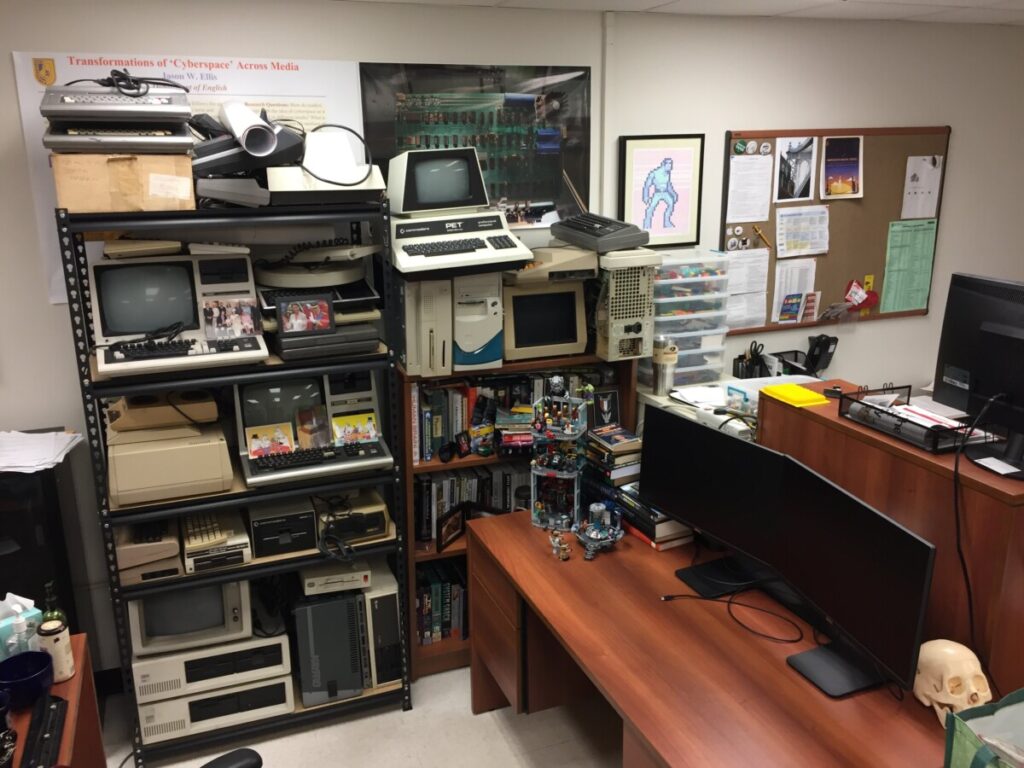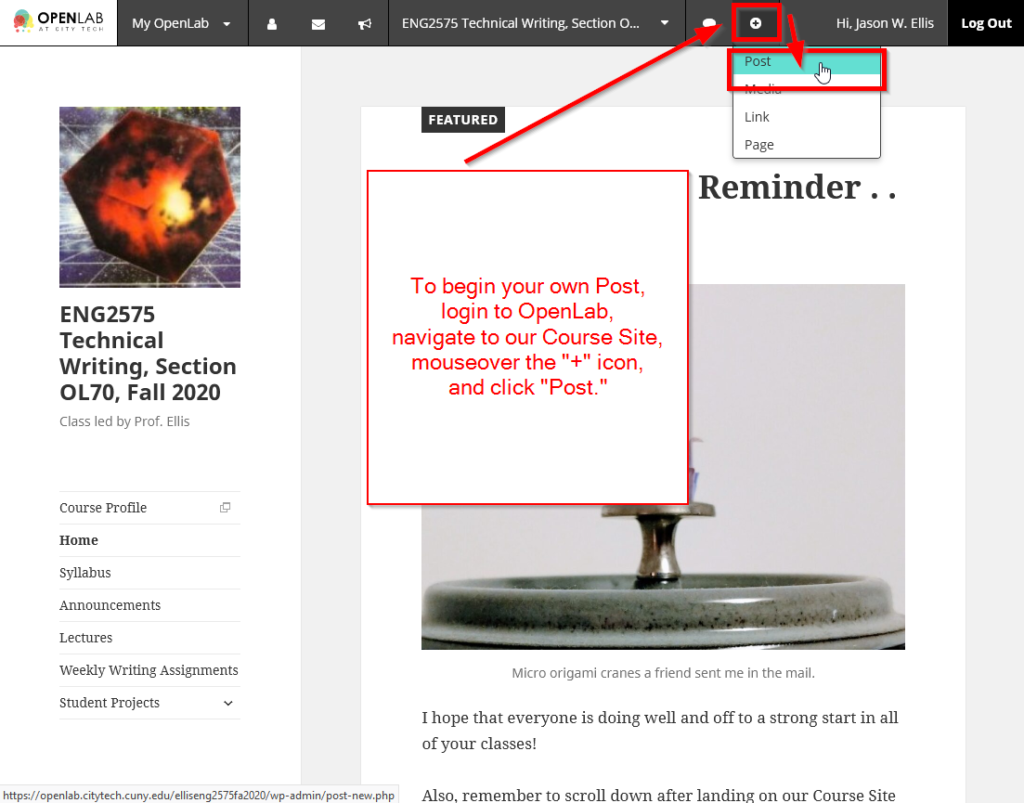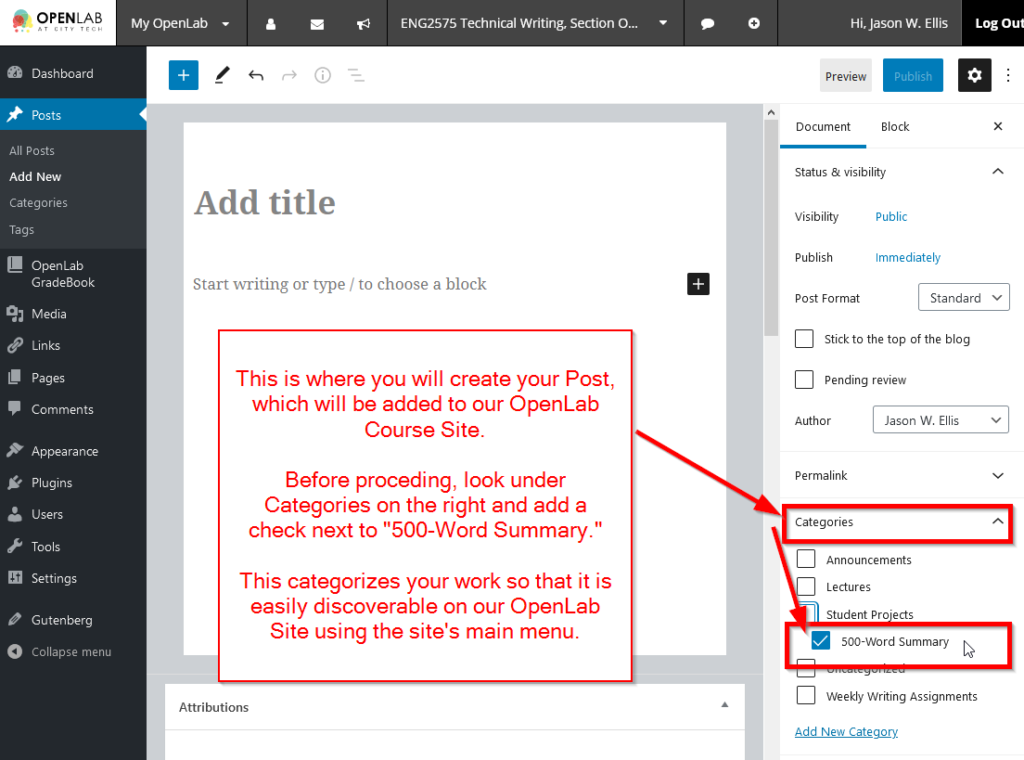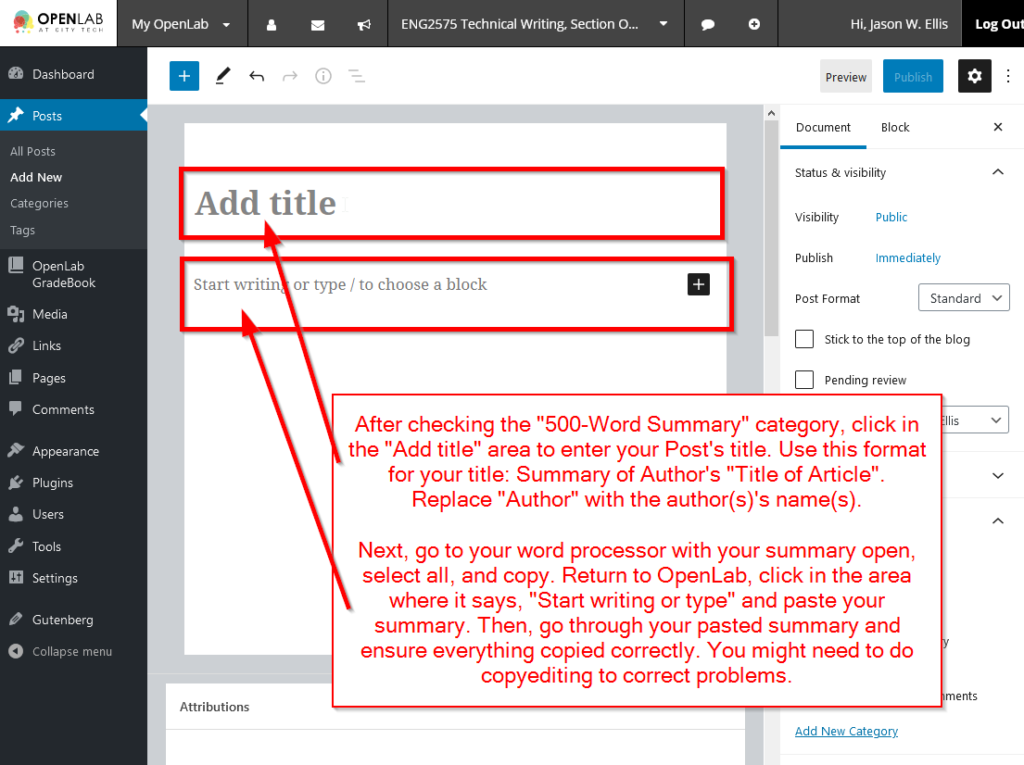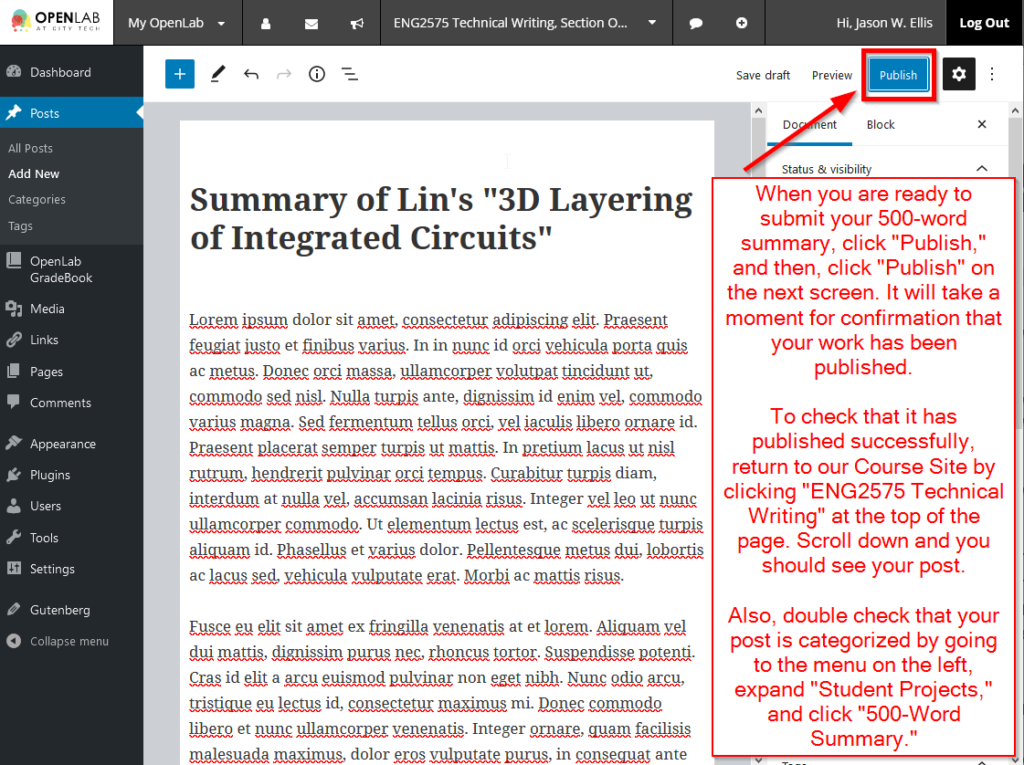TO: Professor Ellis
FROM: Jinquan Tan
DATE: 9/20/2020
SUBJECT: 500-Word Summary Draft
This memo is a 500-word summary of the article, “Remote interpreter API model for supporting computer programming adaptive learning,” by Yuana, R. A., Leonardo, I. A., & Budiyanto, C. W.
Software engineering at this time is very necessary, the preparation of skilled human resources is essential. Efforts that can be done is to develop effective learning methods, and adaptive learning is one of them. Adaptive learning technologies provide an environment that can intelligently adapt to the needs of individual learners through the presentation of appropriate information, comprehensible instructional materials, scaffolding, feedback, and recommendations based on participant characteristics and on specific situations or conditions. Adaptive learning can consist of several characteristics, namely: analytics, local, dispositional, macro, and micro. Yuana said, “computer programming learning is indispensable for many exercises and needs extra supervision from the teacher”(Yuana,2019,p.154). Students that have difficulty in making program algorithms can be solved. a teacher can guide students to learn programming by monitoring them. There are many adaptive learning models for programming learning. E-learning facilitated students’ psychomotor ability requires a capability that enables students to write program code directly into and evaluated by a particular module in the electronic learning. The adaptive learning concept to improve students psychomotor ability during online learning/teaching using commercial off-the-shelf LMS. The psychomotor interaction between students and LMS will be demonstrated by the use of adaptive learning in computer programming courses. The Proposed Model Works: “The transactions processes that occur in the web API model started from LMS server. In the LMS, the user writes program code using a code editor. Subsequently, a POST method sends the program code, together with the input-output value, and also the function name of the program code to an API caller”(Yuana,2019,p.154). How JSON structure of web API response : “ code file for later use by the interpreter along with standard input using pipe technique. Once the interpreter executes the program code the output is read by the API module”(Yuana,2019,p.155).Research method Remote interpreter web API model. : The first step is to create a web API model and the second step is to Testing the performance of the web API model. The developed web API model can be implemented with system topology by letting few clients connect to one LMS Server and then let the LMS Server connect to Web API Server. Clients need to run the program code created by them in order to work. Web API model Performance Analysis : “Once the web API model is implemented it is ready for a performance test. The test scenario was to send the program code containing a large number of looping using Python and PHP from client to web API server”(Yuana,2019,p.158).
In conclusion, web API model that serves to run the interpreter based-program code has been developed. It can support computer programming adaptive learning. Both input and response structure has been adapted to suit students’ psychomotor ability assessment in learning program code writing. It is evident that the web API module demonstrated its performance during the test.
References:
Yuana, R. A., Leonardo, I. A., & Budiyanto, C. W. (2019). Remote interpreter API model for supporting computer programming adaptive learning. Telkomnika, 17(1), 153–160. https://doi.org/10.12928/TELKOMNIKA.v17i1.11585

